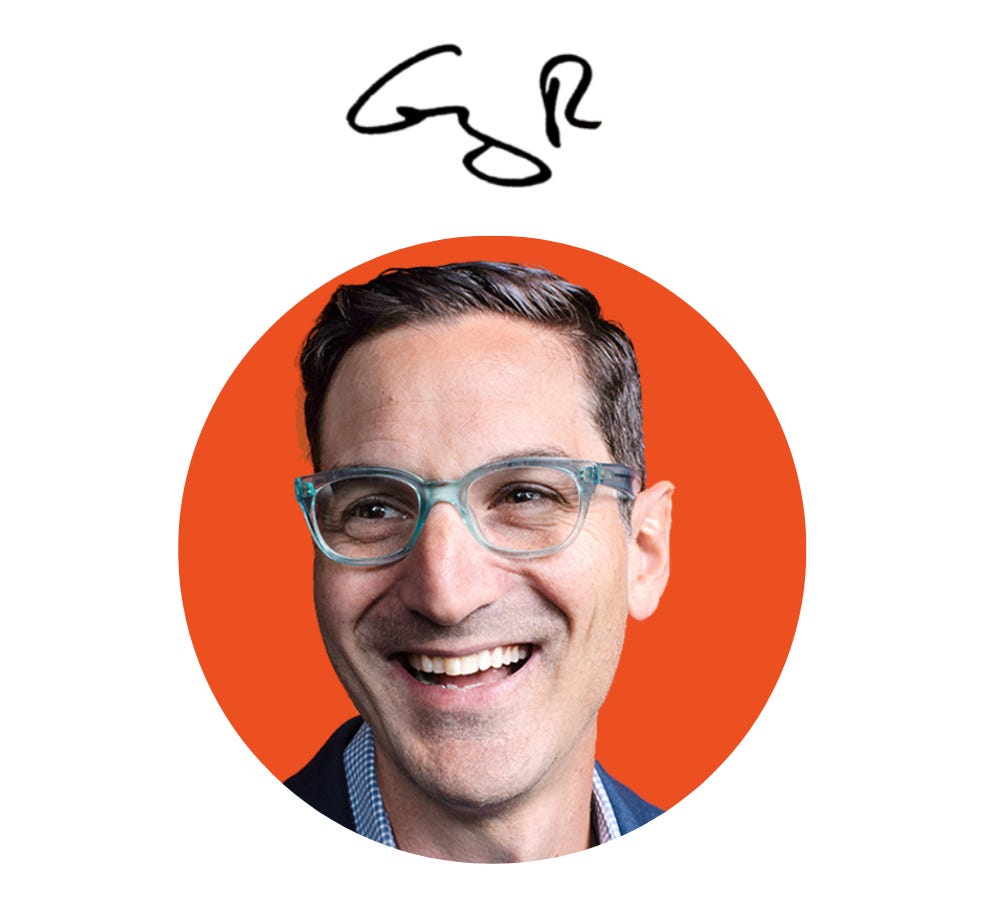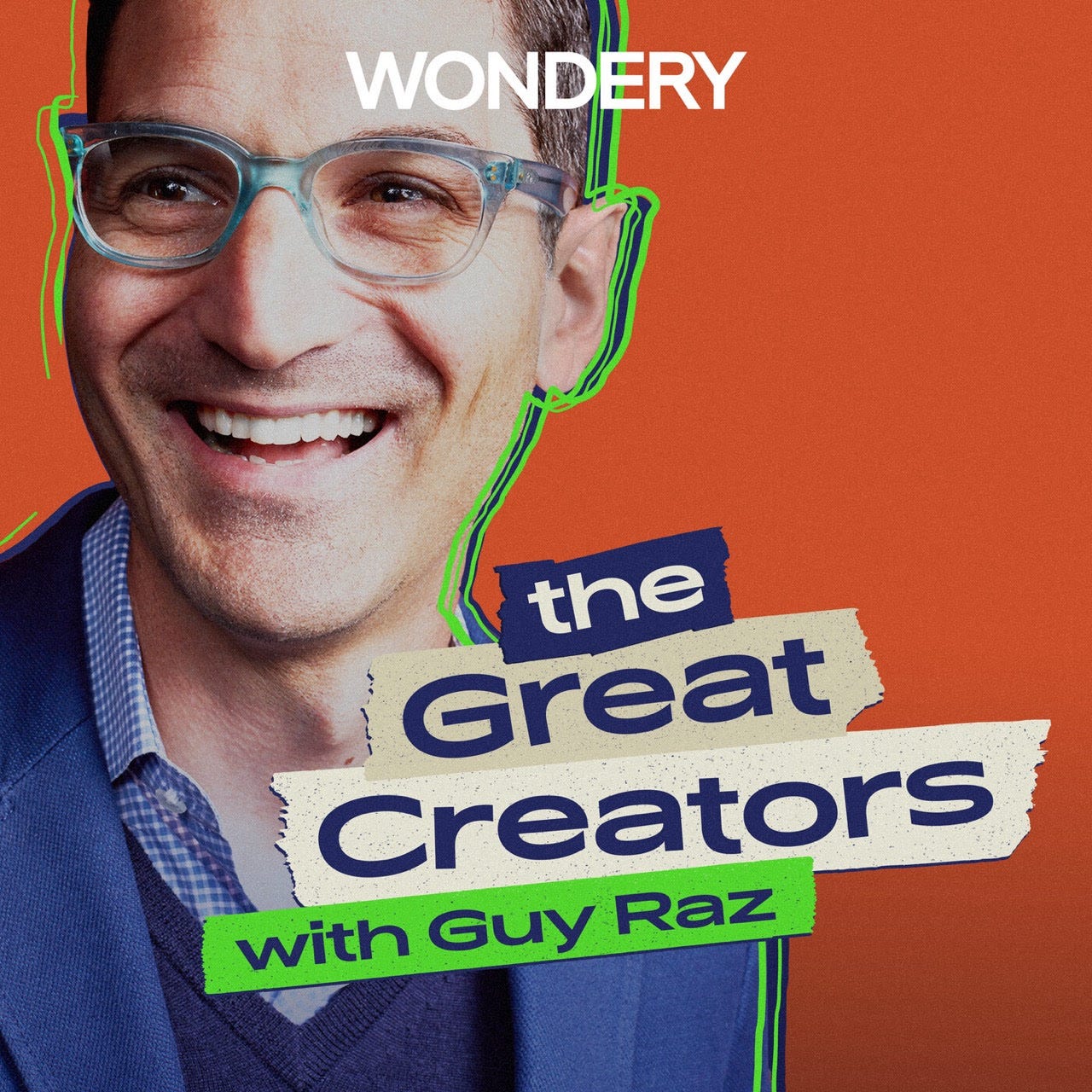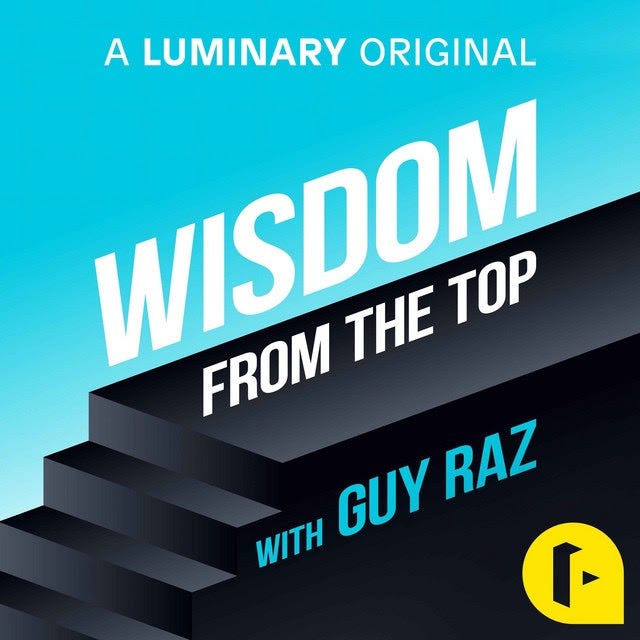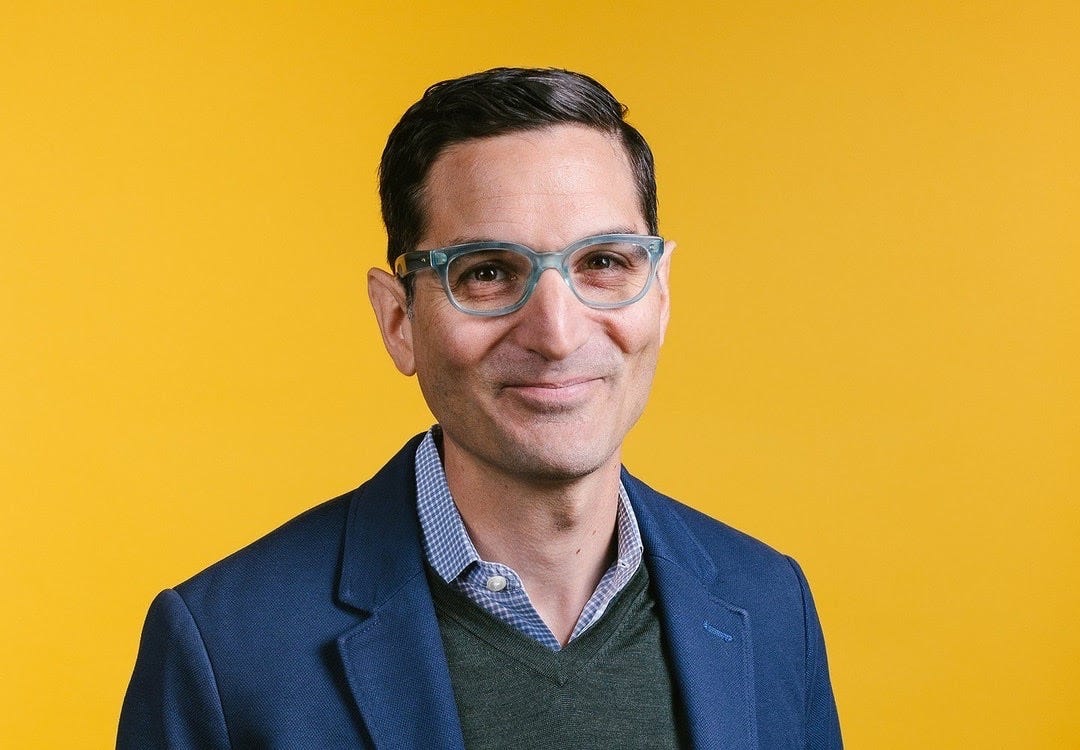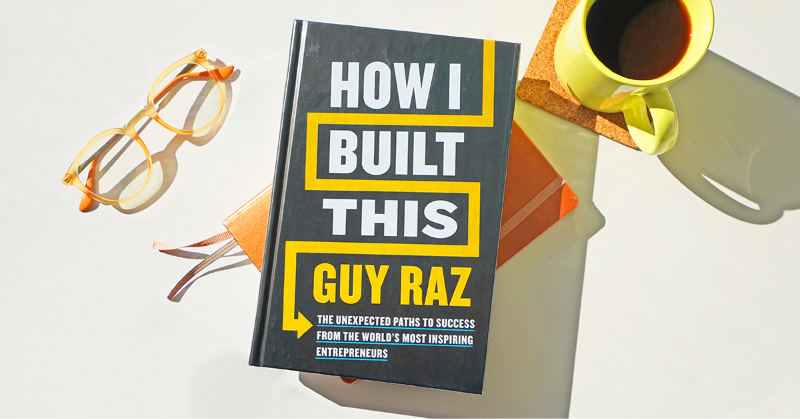Every so often on How I Built This, I talk to a founder whose story reminds me just how personal the path to entrepreneurship can be.
This week, that story came from Paul Hedrick, the founder of Tecovas.
Paul did everything “right,” at least by conventional standards.
He went to Harvard. He landed a job at McKinsey. Then private equity. His resume was polished. His future was promising.
And then… he decided to start a cowboy boot company.
On the surface, it didn’t make sense.
He wasn’t from the fashion world. He had no background in retail or manufacturing. And yet – something about the idea clicked for him. Even when people around him didn’t quite get it.
I hear this kind of thing a lot.
Like when Christina Tosi left a fine-dining pastry career to open Milk Bar, serving cereal milk ice cream. Or Sarah LaFleur of M.M.LaFleur, who left finance to create a line of women’s workwear, even though she had never worked in fashion.
These stories often start the same way: with someone stepping off the path that made sense… and onto one that didn’t.
At least, not to anyone else.
And that’s what I keep thinking about after this week’s episode.
How easy it is to talk ourselves out of a business idea just because it doesn’t match what people expect from us.
But the truth is, some of the most remarkable companies I’ve featured didn’t begin with logic or strategy or experience.
They began with a hunch. A pivot. A quiet feeling that this was worth trying.
So I’m curious – have you ever followed an idea that didn’t “make sense” at the time?
Or are you thinking about one now?
I’d love to hear about it!
—Guy
Listener Mailbag!
What Are You Willing to Wait For?
The story of Litter-Robot inspired many of you to share your experience with the “long haul” in your business-building journey:
For the last several weeks I have been struggling and feeling like I have hit a wall.
Why aren’t I selling more? Why can’t I get real traction? What else can I do?
In short, a LOT of doubt.
But this newsletter was like a message from on high and reminder that “when you’re on your life’s mission, the universe conspires to help you.”
Anna from New York
This Litter-Robot episode was so inspiring and reassuring!
9 years into my business and, constantly feeling like I’m almost there, it was just what I needed to hear.
Not all businesses become a success overnight!
Charlotte from Leeds, England
Your interview with Brad Baxter was one of my favorites even through all the years of episodes. His story was much more relatable than the people who’ve had fast results.
Emily from Portland, Maine
The Way Up – Episode 2!
Episode 2 from my 6-part series on small business in partnership with Square is now out!
Alex Samuels didn’t plan to leave her decade-long real estate career to sell hats. But after a disappointing hat-buying experience on vacation, she saw an opportunity.
Today, her Nashville-based shop Rustler Hat Co. is more than a storefront, it’s a destination where guests sip drinks, share stories, and walk away with one-of-a-kind pieces.
In this episode, I sat down with Alex to unpack how she launched the business with zero experience, scaled to six-figures, and built something people come back to again and again.
Listen and watch below!
On the Podcasts This Week!
How One Founder Made Cowboy Boots Cool Again
Paul Hedrick didn’t set out to be the next great bootmaker. He actually went to Harvard and worked at McKinsey.
But when he was rejected from business school, something shifted.
So he moved to Austin with some savings, opened up Microsoft Paint… and started sketching cowboy boots.
Paul wasn’t a fashion guy. But he saw something no one else did: a huge gap in the market. Boots were either too cheap… or outrageously expensive.
What if there was something in the middle?
That question led him to León, Mexico, where he insisted on making a better boot at a level of quality that had factory owners rolling their eyes.
But it worked.
This is the story of how Tecovas turned a simple idea into a $300M brand. Enjoy!
HIBT Advice Line: Scaling Smart
This week on the Advice Line, I’m joined by three past HIBT guests: Travis Boersma of Dutch Bros., Michael Preysman of Everlane, and Chris Ruder of Spikeball. Each of them knows what it takes to scale a business, and today, they’re helping three early-stage founders figure out their next moves.
First up, Andy: Should we bootstrap a restaurant or raise money to grow faster?
Andy runs Bad Luck Burger Club, a smashburger business pulling in over $800K a year from two food trucks in Nashville. Andy is considering raising money to grow the business. Travis advised caution: keep it scrappy, and make small changes that drive big results.
Next, Tiffany: How do I break into major retailers with a handmade jewelry brand?
Tiffany founded T. Jazelle over a decade ago, and it’s grown into a $5M business. Tiffany wants to expand her brand. Michael’s advice? Package her story. Her jewelry isn’t just about gemstones…it’s about the meaning behind them.
Finally, Peter: Should we launch more products—or go international?
Peter built Rink Rabbit, a figure skating bag brand. He’s eyeing international markets, but Chris recommends staying focused. His base business is growing fast, so double down there first.
Our three former guests remind us to stay focused. Growth doesn’t always mean doing more. It often means doing what’s working, even better.
If you would like to be featured on an upcoming episode, call and leave a 1-minute message at 1-800-433-1298 or send a voice memo to hibt@id.wondery.com
Carrie Brownstein on the Truth About Creativity
Carrie Brownstein never wanted to be a star. She just needed a place to channel the chaos.
First, it was through a guitar and a voice that didn’t fit the mold. Later, it was through sketch comedy filmed for no audience at all.
In this episode, Carrie shares how her childhood shaped her need for creative control, how Sleater-Kinney found its sound by accident, and why Portlandia only worked because it wasn’t trying to.
She also opens up about confronting past trauma, resisting the myth of the lone genius, and why she’s now focused less on scale.
And more on making great work with people she actually trusts.
Watch it on YouTube:
Saving a Legacy by Leading Like a CEO (Robin Ganzert)
When Robin Ganzert stepped in as CEO of American Humane, she expected to lead a legacy institution.
What she didn’t expect? A $12 million budget shortfall and a nonprofit on the brink.
Rather than panic, Robin treated the turnaround like a business. She applied for-profit discipline to the organization’s operations: tightening finances, rebranding its mission, and transforming the culture.
Her story is a powerful reminder that mission-driven work still requires sharp leadership. And that even century-old institutions need fresh thinking to survive.
Science Podcasts for Kids!
A Time-Traveling Trip to... the Metric System?!
This week, we got a very mysterious party invitation in the mail… dated over 150 years ago!
There’s only one thing to do: hop in the Wow Machine with Mindy and head back in time!
In this week’s episode, we zoom to 18th-century France, where scientists are trying to make sense of wild and wacky measurements like chest-lengths and grain jars.
Their solution? Create a brand-new system based on the Earth itself: the metric system! But defining the meter means seven years of non-stop trigonometry (ouch).
Tune in to this time-hopping, number-crunching, history-packed episode of Wow in the World!
Living Large with Big Facts
Did you know there’s a volcano on Mars taller than Mount Everest?
Or that the world’s largest snowperson was just a few feet shorter than the Statue of Liberty?
And here’s a prehistoric surprise—before humans existed, some turtles might have been bigger than cars!
From supersized planets to gigantic reptiles, this week’s episode of Two What’s And A Wow is all about going big… really big!
From the Archives!
Everlane: Michael Preysman
When Michael Preysman launched Everlane, he wasn’t trying to break into fashion, he was testing whether he could generate buzz around a single product online.
That product? A plain cotton T-shirt.
But instead of relying on hype, Michael taught himself every part of the production process: sourcing, dyeing, cutting, and finishing.
He then did something radical: he revealed exactly what it cost to make. His $15 shirt sparked a conversation about transparency in fashion and helped Everlane stand out in a crowded market.
Today, Everlane is a multi-million dollar brand that continues to challenge how fashion is made, priced, and sold.
Warby Parker: Dave Gilboa & Neil Blumenthal
In 2008, Dave Gilboa lost a pair of glasses and was stunned to learn it would cost hundreds to replace them.
At the time, there was no affordable, stylish way to buy glasses online. So he and his co-founder, Neil Blumenthal, decided to change that.
They launched Warby Parker with a simple idea: cut out the middlemen, sell direct to consumers, and offer designer eyewear at a fraction of the price.
By reimagining how people shop for glasses, Warby Parker didn’t just start a company…they sparked a movement in DTC retail.
See you next time!
What do you want more or less of?
Just send a tweet to @guyraz or a message on IG to @guy.raz or LinkedIn and put #GuyRazNewsletter at the end so I can find it.


